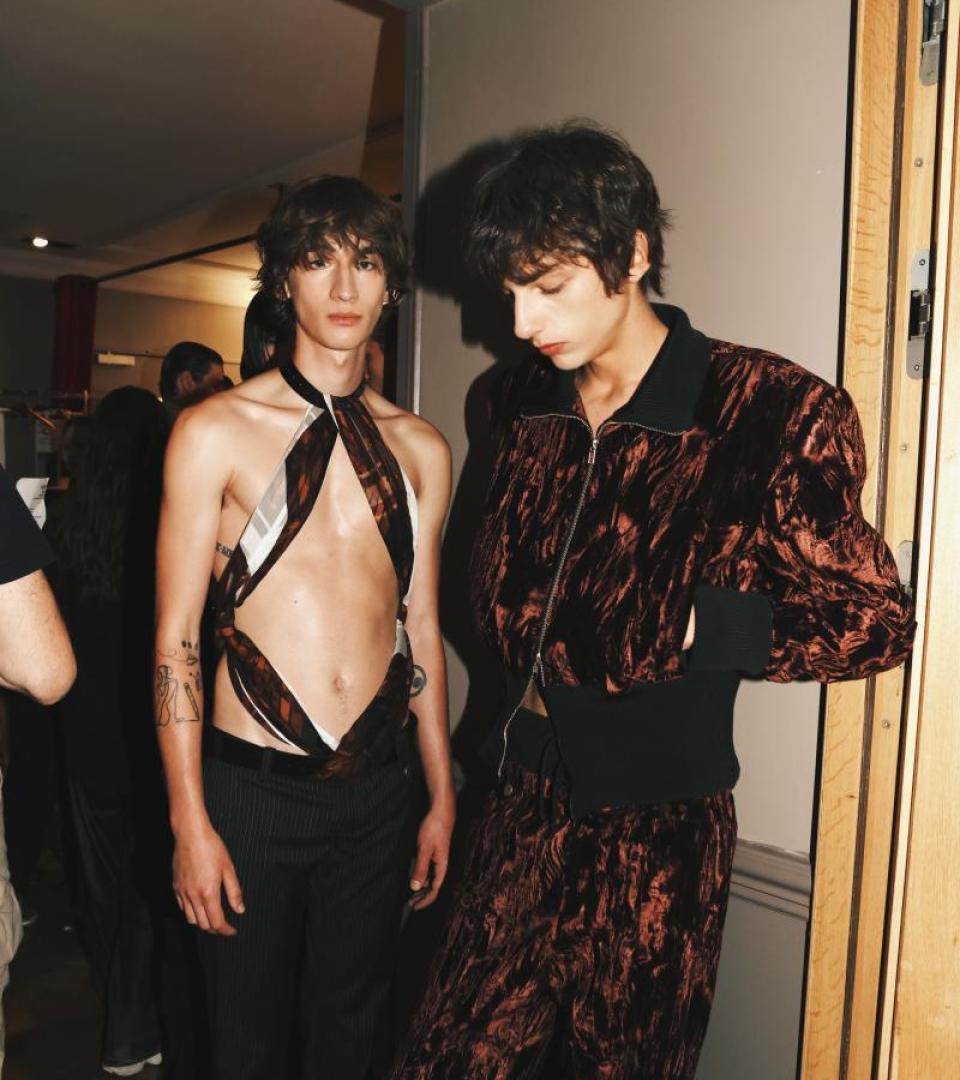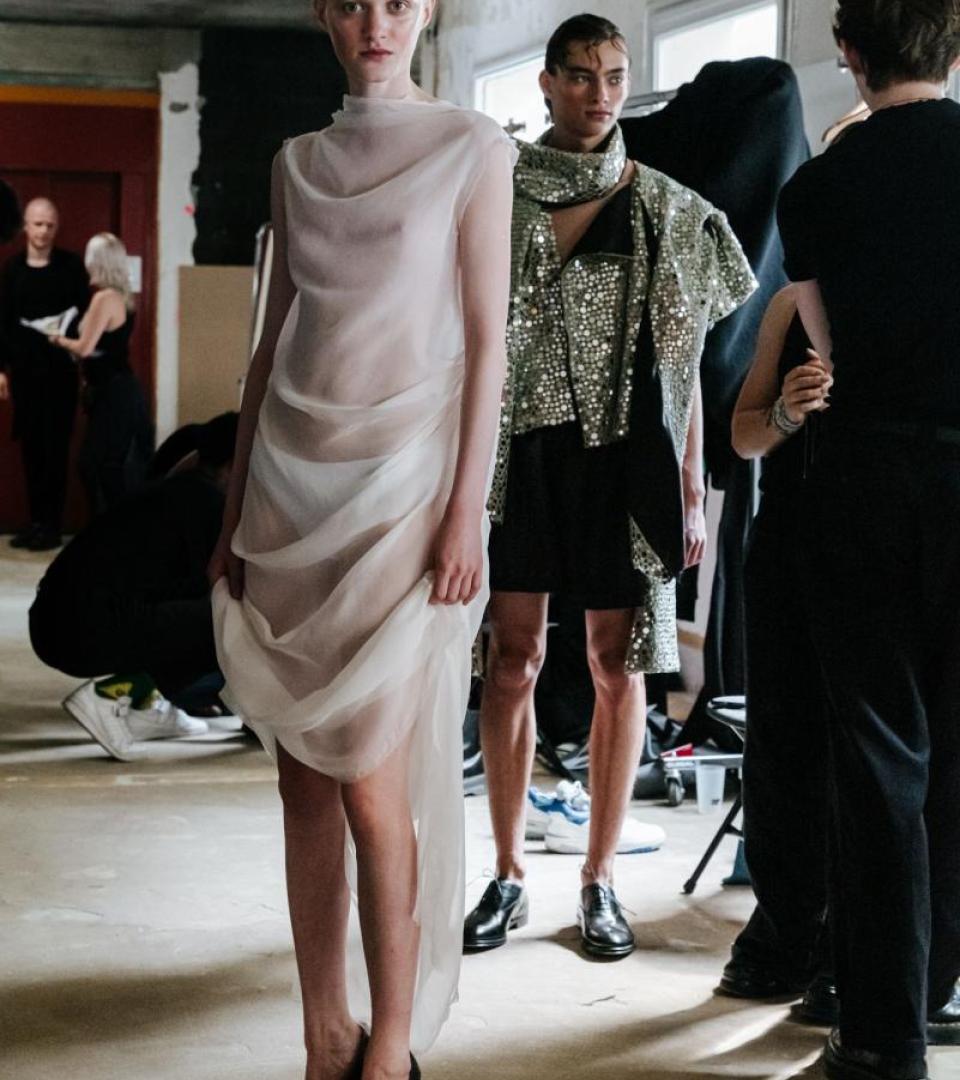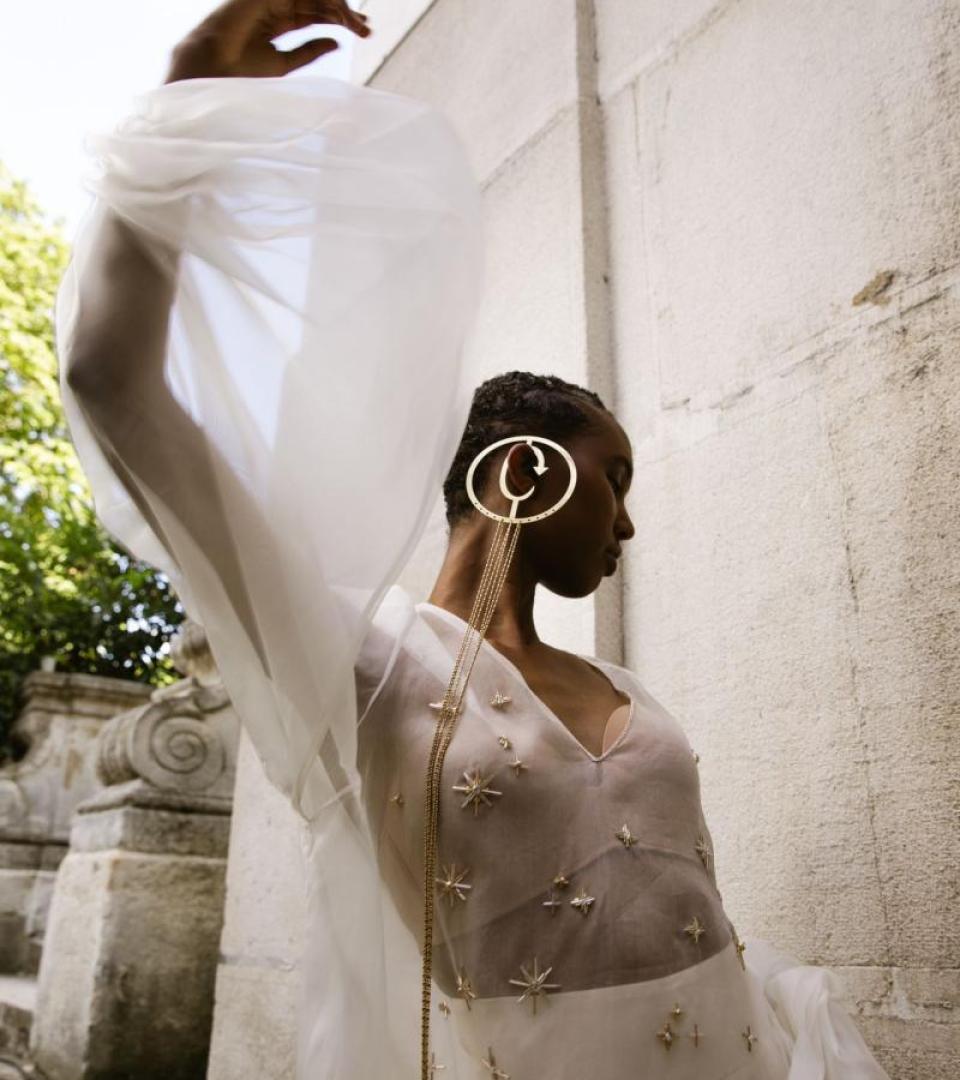A Feel For Fashion: Caroline Gaimari
Caroline Gaimari writes and directs innovative videos for fashion, luxury and travel brands, working with Louis Vuitton, Dior, Miu Miu and Valentino among others. Previously the fashion director of Purple magazine and managing director of Purple Institute, she possesses an acute understanding of how to help brands communicate directly with their audiences through new media. In this way, she has become a kind of secret weapon as the content not only translates to high engagement, but is clever and fun to watch. Gaimari also develops her own bingeable series on TikTok as a relatable raconteur contemplating the wondrous idiosyncrasies of life in Paris.
Beyond a more direct engagement, how can TikTok open up new opportunities for brands?
Instagram has been a great tool, but it’s very much a digital extension of our real-world networks. TikTok is a window into the wide, varied unknown. If a luxury brand talks about Jeff Koons on Instagram, that message is likely going to reach an audience who doesn’t find this information novel or interesting. On the contrary, it comes across as “basic” because you’re speaking to an audience of peers or those who want to consider themselves as your peers. Also, this information is likely sandwiched between a high school friend’s divorce announcement and political POVs.
On the contrary, TikTok is about discovery within a user’s areas of interest. The goal of a brand page is to shepherd and deliver little bonbons of information and entertainment. The game is to be so prolific at hand-packaging morsels of information that the audience gathers at your town square. So if you make rich content about Jeff Koons, the TikTok algorithm will put that content along the journey of someone interested and receptive to art stories. You are meeting people where they are happy to be, rather than imposing information on them.
What excites you in fashion right now?
I’m genuinely fascinated by the way people discover brands in 2024 through user generated content. In the past, the average person couldn’t project themselves in a brand universe. Until now, we’ve mostly only been able to see how clothes look on young, sample-sized, perfectly styled, well-lit people. Now, when a size 12 woman is interested in, say, a pair of jeans from Reformation, she can search TikTok for “reformation jeans midsize” and see dozens of recent videos of real-life women wearing and reviewing them. This means that if a product is actually fulfilling a need (or stoking a desire!) for a certain segment of people, the brand is really just a handful of UGC videos from a breakaway product hit. Conversely, if a garment only looks good when it’s expertly styled & modeled in e-commerce imagery, the UGC videos will tell the true story in bad lighting.
What is one reason to be optimistic about the state of fashion going forward?
I think TikTok energy is the same as ’90s ‘zine energy. It’s prolific, it’s wild, it’s homemade. Aesthetically, it feels urgent and raw and sloppy and that makes you love it. It’s the loud brand-agnostic energy we haven’t had in the past decade.
What would you like or hope to see more of from brands or the industry more generally?
I think brands have put deep storytelling on the back burner, and that’s a shame because good stories, told well, are what’s keeping Americans on TikTok for an average of 55 minutes per day. Product marketing is at an all-time high, but good storytelling brings lifelong customers.
In what ways do you think AI might benefit fashion?
Stay with me: the trend I see is toward human-made and human-curated. If you ask AI right now for a list of the 10 best-made bags, AI will get you this information by parsing lists from articles on websites that rank high on search. At first, it feels helpful to not have to dig for a good bag yourself. But in the end, the term “best” is subjective, so the list you really are looking for is one that solves your real problem, which could be, “Which bag will be a tribal signifier that I deserve a raise,” or “Which bag is indestructible and discreet?” The queries are more nuanced than we think, and AI is not a therapist. I also think AI corner-cutting will create a starker contrast between garments and artisan creation. There is a need for both, and hopefully AI can reduce production & shipment waste by using data more rapidly to predict what quantities of pure garments are needed in what sizes in what locations.
Who or what will drive the greatest change in fashion this year?
I hope the greatest changes to our world are not within the domain of fashion.
What impact might you hope to have on fashion this year?
I’m not focused on having a broad impact. If I could have a positive impact on the handful of people in my real life, and eventually also succeed at positively impacting my hyper-local community, that would be my greatest blessing.
Can you suggest a fashion mantra for ’24?
Heal your childhood trauma.
This interview has been lightly edited.



